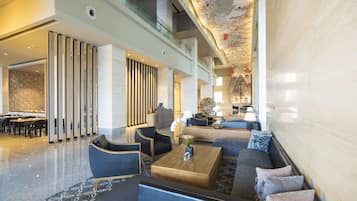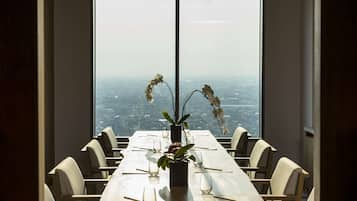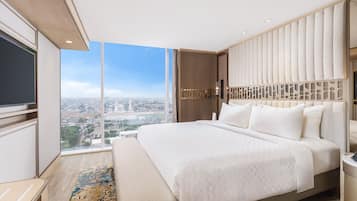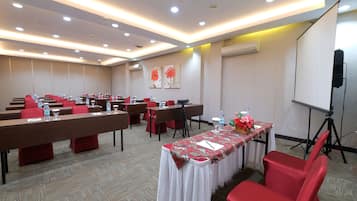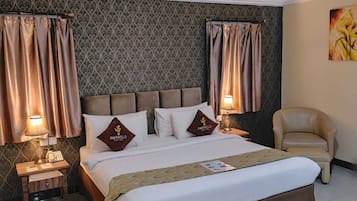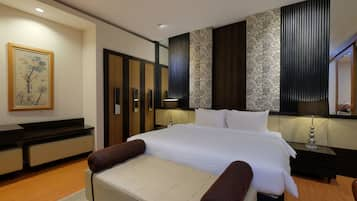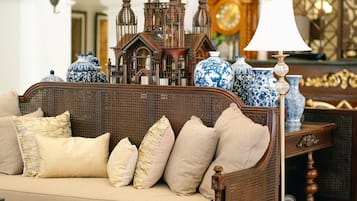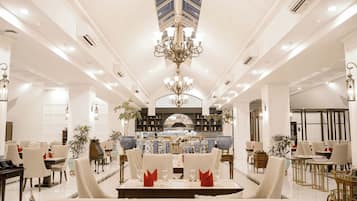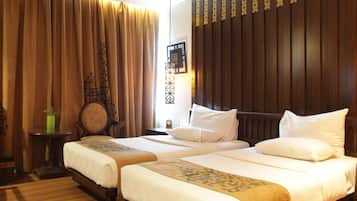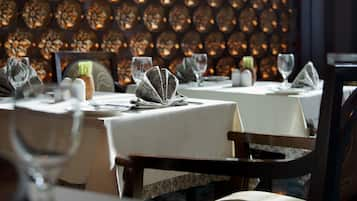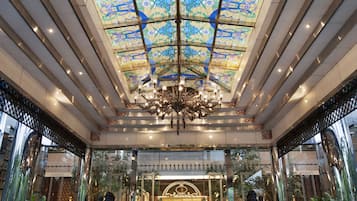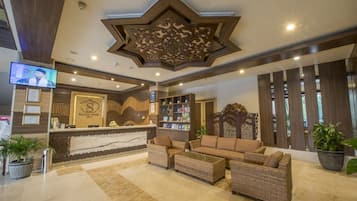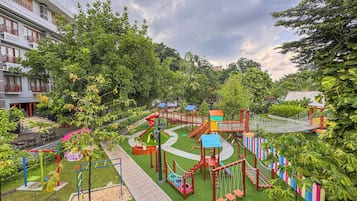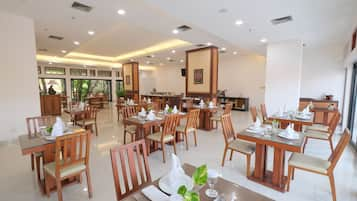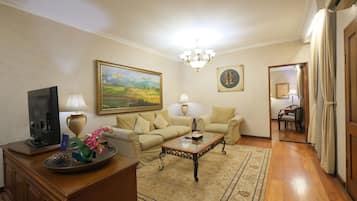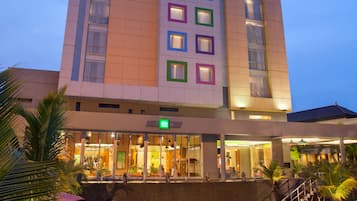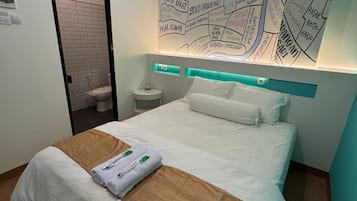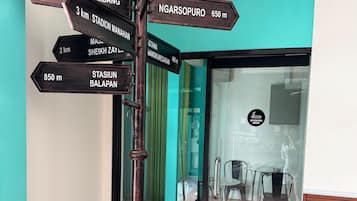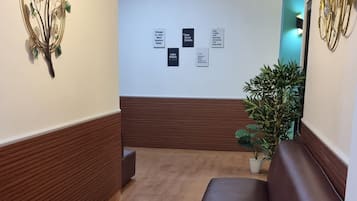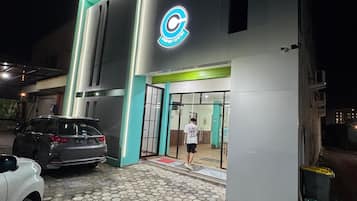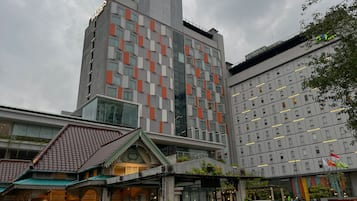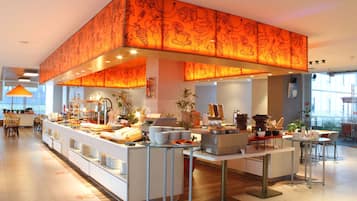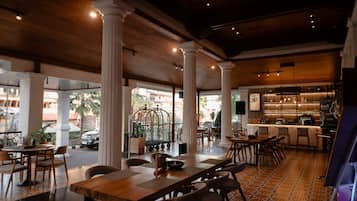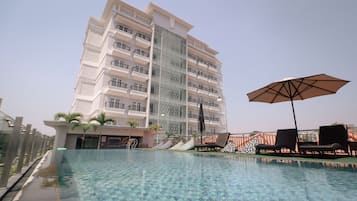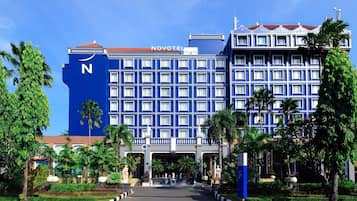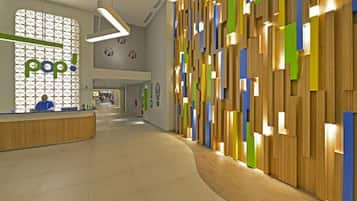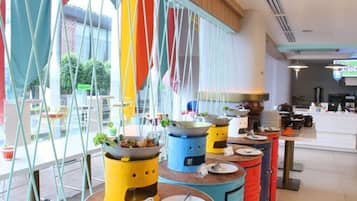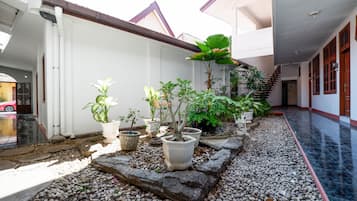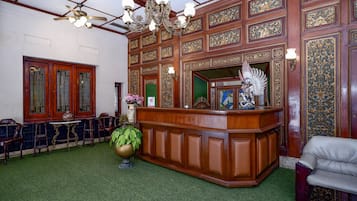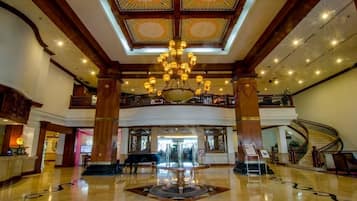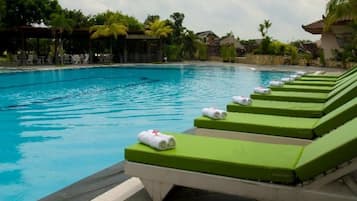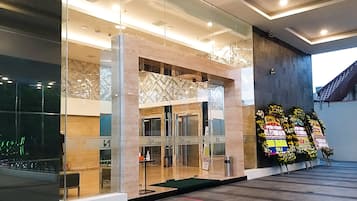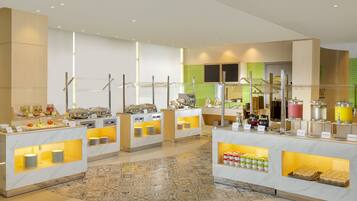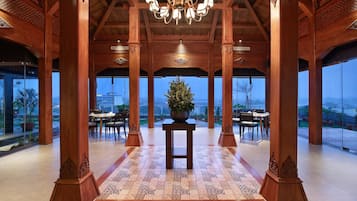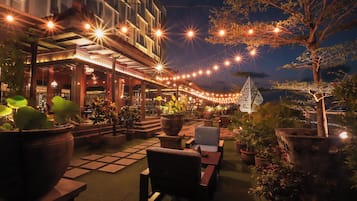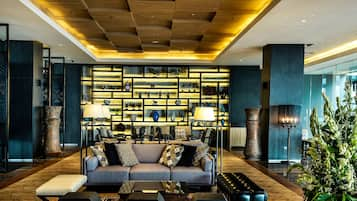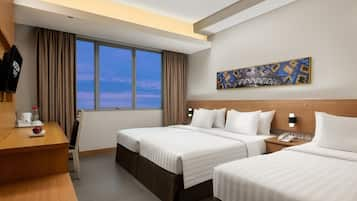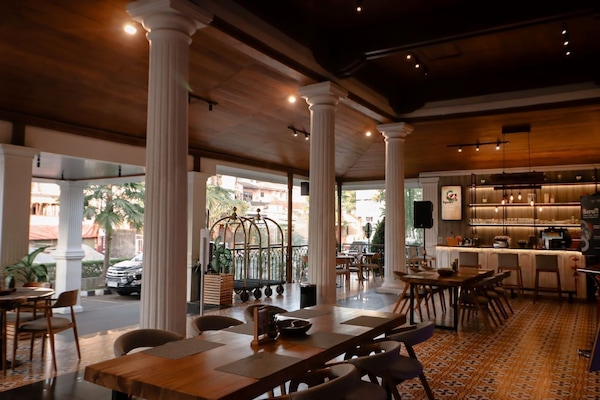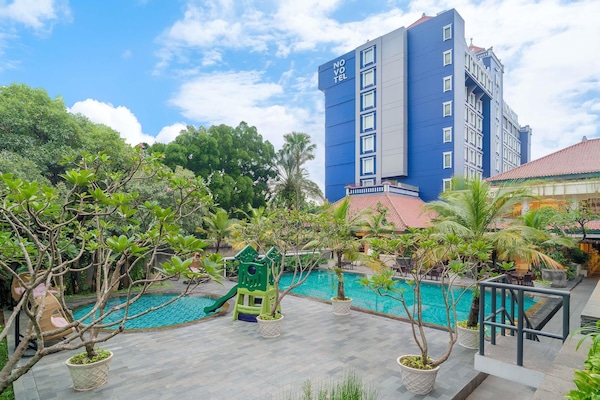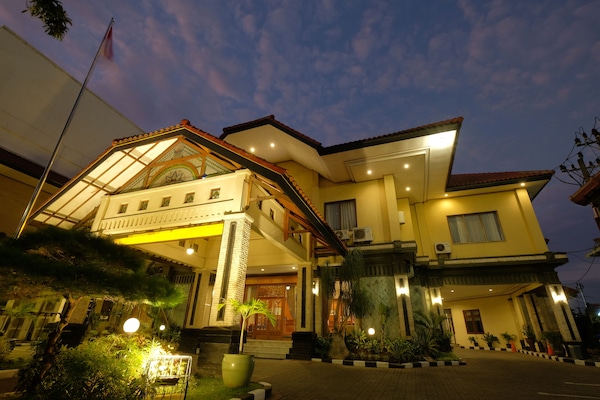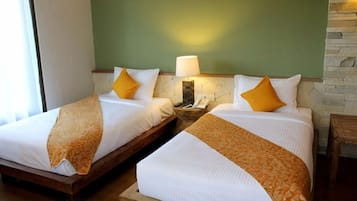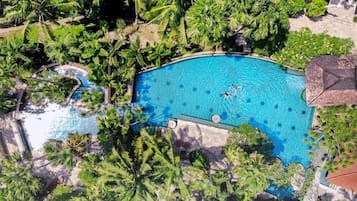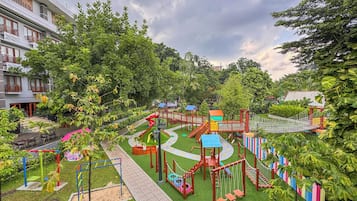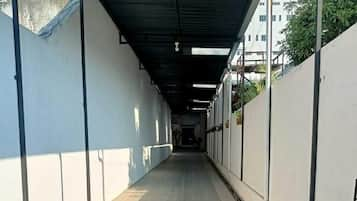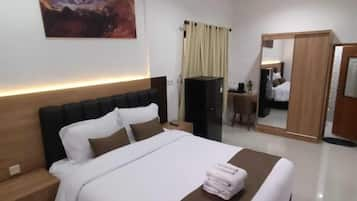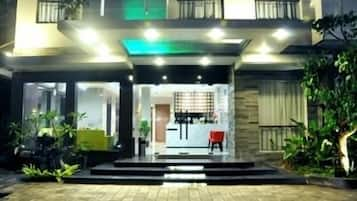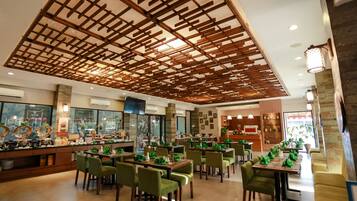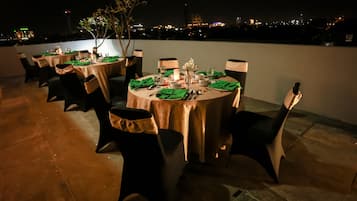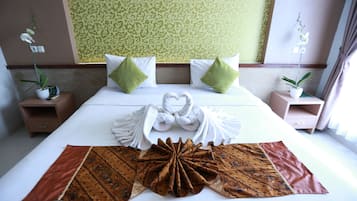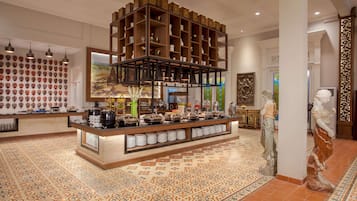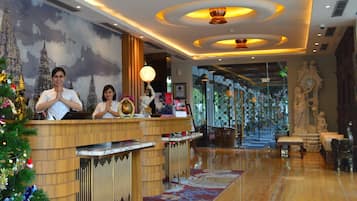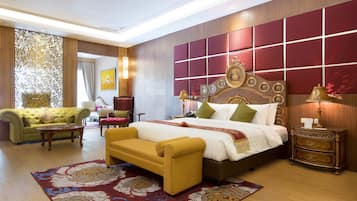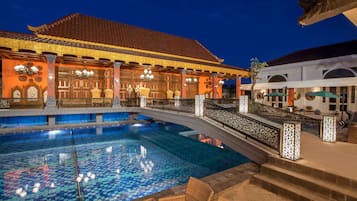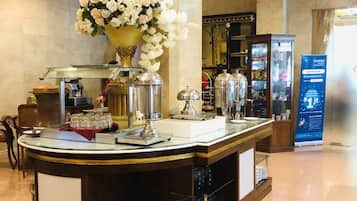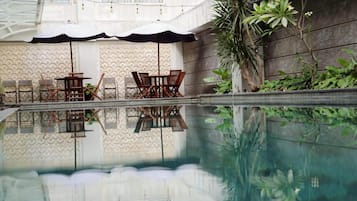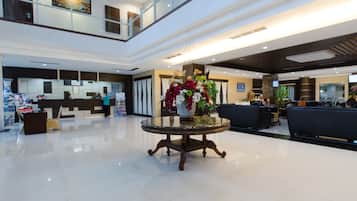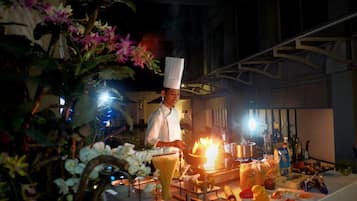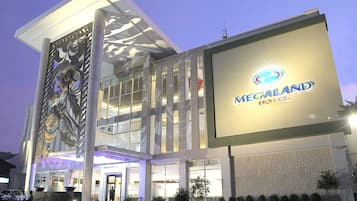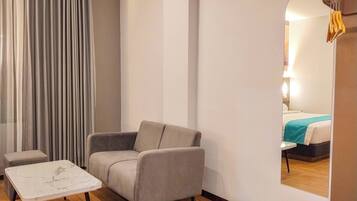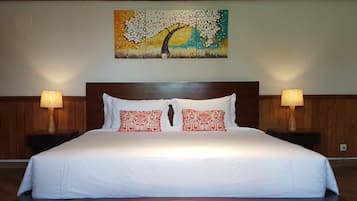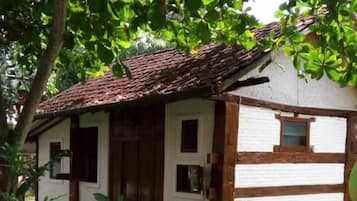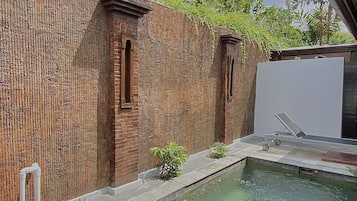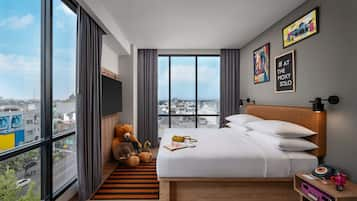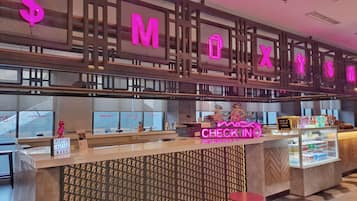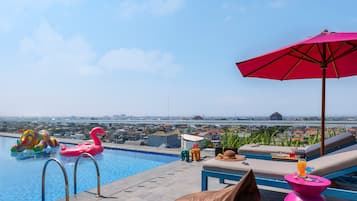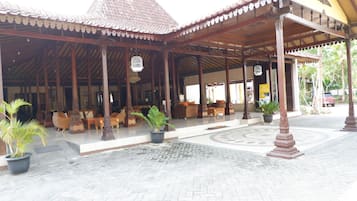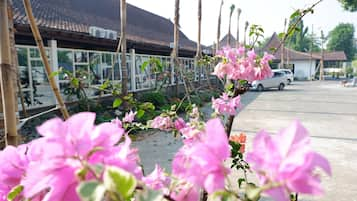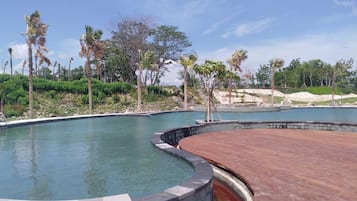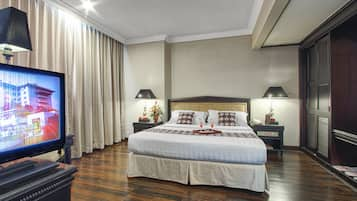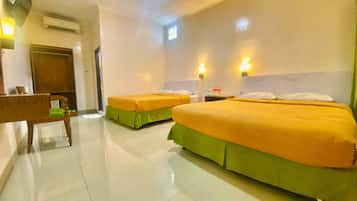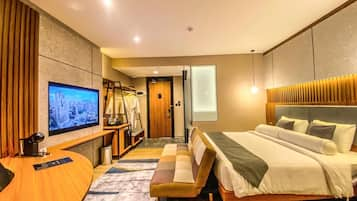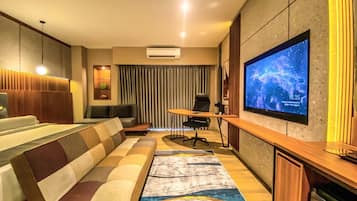Foto von Sharrie Shaw
Hotels Surakarta
Probiere es mit einer anderen Unterkunft als sonst in Surakarta
Überprüfe die Preise für diese Daten
Heute
Morgen
Dieses Wochenende
Nächstes Wochenende
Beliebte Hotels in Surakarta

Alila Solo, Java
Surakarta
9.2 von 10, Wunderbar, (132)
Der Preis beträgt 52 €
inkl. Steuern & Gebühren
17. Nov.–18. Nov.

Swiss-Belhotel Solo
Banjarsari
9.2 von 10, Wunderbar, (38)
Der Preis beträgt 41 €
inkl. Steuern & Gebühren
30. Nov.–1. Dez.

Lampion Hotel Solo
Surakarta
7.4 von 10, Gut, (6)

Amarelo Hotel
Surakarta
Der Preis beträgt 17 €
inkl. Steuern & Gebühren
23. Nov.–24. Nov.
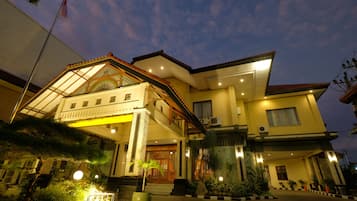
Diamond Hotel Solo
Surakarta
9.0 von 10, Wunderbar, (2)
Der Preis beträgt 17 €
inkl. Steuern & Gebühren
14. Dez.–15. Dez.
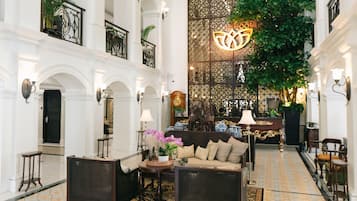
Mahalaya The Legacy Solo
Innenstadt von Solo
6.0 von 10, (2)
Dies ist der niedrigste Preis pro Nacht, der in den letzten 24 Stunden für einen Aufenthalt mit 1 Übernachtung von 2 Erwachsenen gefunden wurde. Preise und Verfügbarkeiten können sich ändern. Es können zusätzliche Bedingungen gelten.
Tolle Hotelangebote für ein Wochenende in Surakarta
Angebote für den Zeitraum:21. Nov.–23. Nov.
Bildergalerie für Grand Mercure Solo Baru

Grand Mercure Solo Baru
Grogol
8.6/10Hervorragend (76 Bewertungen)
15% Rabatt
Der Preis beträgt 90 €.
für 1 Zimmer, 2 Nächte
45 € pro Nacht
inkl. Steuern & Gebühren
Spare durchschnittlich 15% bei Tausenden Hotels, wenn du angemeldet bist
Entdecke Hotels mit Wellnessbereich in Surakarta

Rumah Batu Boutique Hotel
Baki
9.0 von 10, Wunderbar, (9)
Hotels mit inbegriffenem Frühstück in Surakarta, die dir gefallen werden

Rumah Batu Boutique Hotel
Baki
9.0 von 10, Wunderbar, (9)
Hotels mit Pool in Surakarta, die zu deiner Reise passen könnten

Front One Luxe Hotel Solo
Innenstadt von Solo
Dies ist der niedrigste Preis pro Nacht, der in den letzten 24 Stunden für einen Aufenthalt mit 1 Übernachtung von 2 Erwachsenen gefunden wurde. Preise und Verfügbarkeiten können sich ändern. Es können zusätzliche Bedingungen gelten.
Unterkünfte in Surakarta
Entdecke, welche Viertel in Surakarta sich am besten für die Aktivitäten eignen, die du am liebsten machst. Mehr zu Surakarta
Mehr zu Surakarta
Innenstadt von Solo
Genieße Innenstadt von Solo sowie seine Museen und seinen Zoo. Nimm dir auch Zeit, Sehenswürdigkeiten wie Solo Paragon Lifestyle Mall oder Keprabon Park einen Besuch abzustatten.
Banjarsari
Während deines Besuchs in Banjarsari solltest du Sehenswürdigkeiten wie Solo Paragon Lifestyle Mall und Balekambang-Park einen Besuch abstatten.
Übernachte in der Nähe beliebter Attraktionen in Surakarta
Surakarta und alternative Reiseziele
Eine Städtereise nach Solo, der historischen Königsstadt in Zentral-Java im Süden Indonesiens, bietet Einblick in traditionelle, javanische Kultur. Malerisch am längsten Fluss Javas gelegen, gilt Solo als Zentrum der Batikkunst.
![At the museum no photos are allowed which is really unfortunate as it was well worth the visit and the guided tour is definitely not to be missed. In the museum there are even Batik made from the Dutch era which depicts stories like Little Red Riding Hood and Snow White!
I enjoyed the tour v much and at the end of the tour we were brought to this room where the artisan were working on hand drawn batik.
Below is an excerpt from Wikipedia for anyone interested in learning more about the process of batik making.
Firstly, a cloth is washed, soaked and beaten with a large mallet. Patterns are drawn with pencil and later redrawn using hot wax, usually made from a mixture of paraffin or bees wax, sometimes mixed with plant resins, which functions as a dye-resist. The wax can be applied with a variety of tools. A pen-like instrument called a canting (IPA: [tʃantiŋ], sometimes spelled with old Dutch orthography tjanting) is the most common. A canting is made from a small copper reservoir with a spout on a wooden handle. The reservoir holds the resist which flows through the spout, creating dots and lines as it moves. For larger patterns, a stiff brush may be used. Alternatively, a copper block stamp called a cap (IPA: [tʃap]; old spelling tjap) is used to cover large areas more efficiently.
After the cloth is dry, the resist is removed by scraping or boiling the cloth. The areas treated with resist keep their original color; when the resist is removed the contrast between the dyed and undyed areas forms the pattern. This process is repeated as many times as the number of colors desired.
The most traditional type of batik, called batik tulis (written batik), is drawn using only the canting. The cloth need to be drawn on both sides and dipped in a dye bath three to four times. The whole process may take up to a year; it yields considerably finer patterns than stamped batik.
Source: Wikipedia](https://images.trvl-media.com/place/6224808/26fd1460-c65a-4c1a-9444-7a893e883ac9.jpg?impolicy=fcrop&w=300&h=400&p=1&q=high)
Foto von Sharrie Shaw
Öffentliches Foto von Sharrie Shaw
Surakarta: Top-Hotelbewertungen
Günstige Unterkünfte in Surakarta

Anaya Azana Boutique Hotel Tawangmangu
Jl. Raya Solo - Tawangmangu, Salam, Jawa Tengah
Häufig gestellte Fragen
Entdecke mit Expedia eine Welt voller Reisen
Unterkünfte in Surakarta & Umgebung
Surakarta: Andere Hotels in der Nähe
- Hotels in Java
- Hotels in Prambanan
- Hotels in Salatiga
- Hotels in Pakem
- Hotels in Südostasien
- Hotels in Tawangmangu
- Hotels in Klaten
- Hotels in Baki
- Hotels in Colomadu
- Hotels in Grogol
- Hotels in Wonogiri
- Hotels in Nguntoronadi
- Hotels in Cangkringan
- Hotels in Ngemplak
- Hotels in Laweyan
- Hotels in Boyolali
- Hotels in Selo
- Hotels in Kartasura
- Hotels in Sragen
- Hotels in Klego
Mehr Möglichkeiten zum Buchen
Neueste Trends bei Expedia
Hotels
Flüge
Reisepakete
Allgemein
![At the museum no photos are allowed which is really unfortunate as it was well worth the visit and the guided tour is definitely not to be missed. In the museum there are even Batik made from the Dutch era which depicts stories like Little Red Riding Hood and Snow White!
I enjoyed the tour v much and at the end of the tour we were brought to this room where the artisan were working on hand drawn batik.
Below is an excerpt from Wikipedia for anyone interested in learning more about the process of batik making.
Firstly, a cloth is washed, soaked and beaten with a large mallet. Patterns are drawn with pencil and later redrawn using hot wax, usually made from a mixture of paraffin or bees wax, sometimes mixed with plant resins, which functions as a dye-resist. The wax can be applied with a variety of tools. A pen-like instrument called a canting (IPA: [tʃantiŋ], sometimes spelled with old Dutch orthography tjanting) is the most common. A canting is made from a small copper reservoir with a spout on a wooden handle. The reservoir holds the resist which flows through the spout, creating dots and lines as it moves. For larger patterns, a stiff brush may be used. Alternatively, a copper block stamp called a cap (IPA: [tʃap]; old spelling tjap) is used to cover large areas more efficiently.
After the cloth is dry, the resist is removed by scraping or boiling the cloth. The areas treated with resist keep their original color; when the resist is removed the contrast between the dyed and undyed areas forms the pattern. This process is repeated as many times as the number of colors desired.
The most traditional type of batik, called batik tulis (written batik), is drawn using only the canting. The cloth need to be drawn on both sides and dipped in a dye bath three to four times. The whole process may take up to a year; it yields considerably finer patterns than stamped batik.
Source: Wikipedia](https://images.trvl-media.com/place/6224808/26fd1460-c65a-4c1a-9444-7a893e883ac9.jpg?impolicy=fcrop&w=1200&h=500&q=medium)
